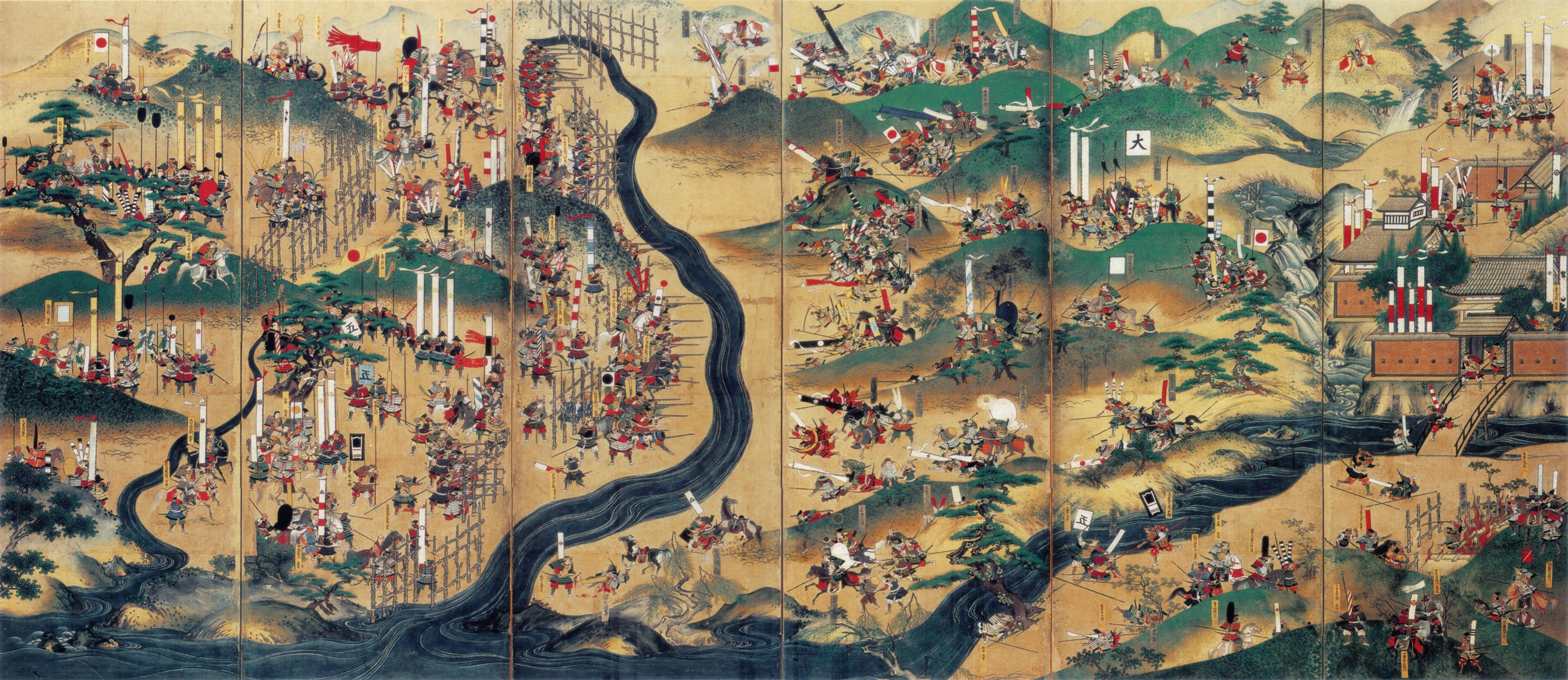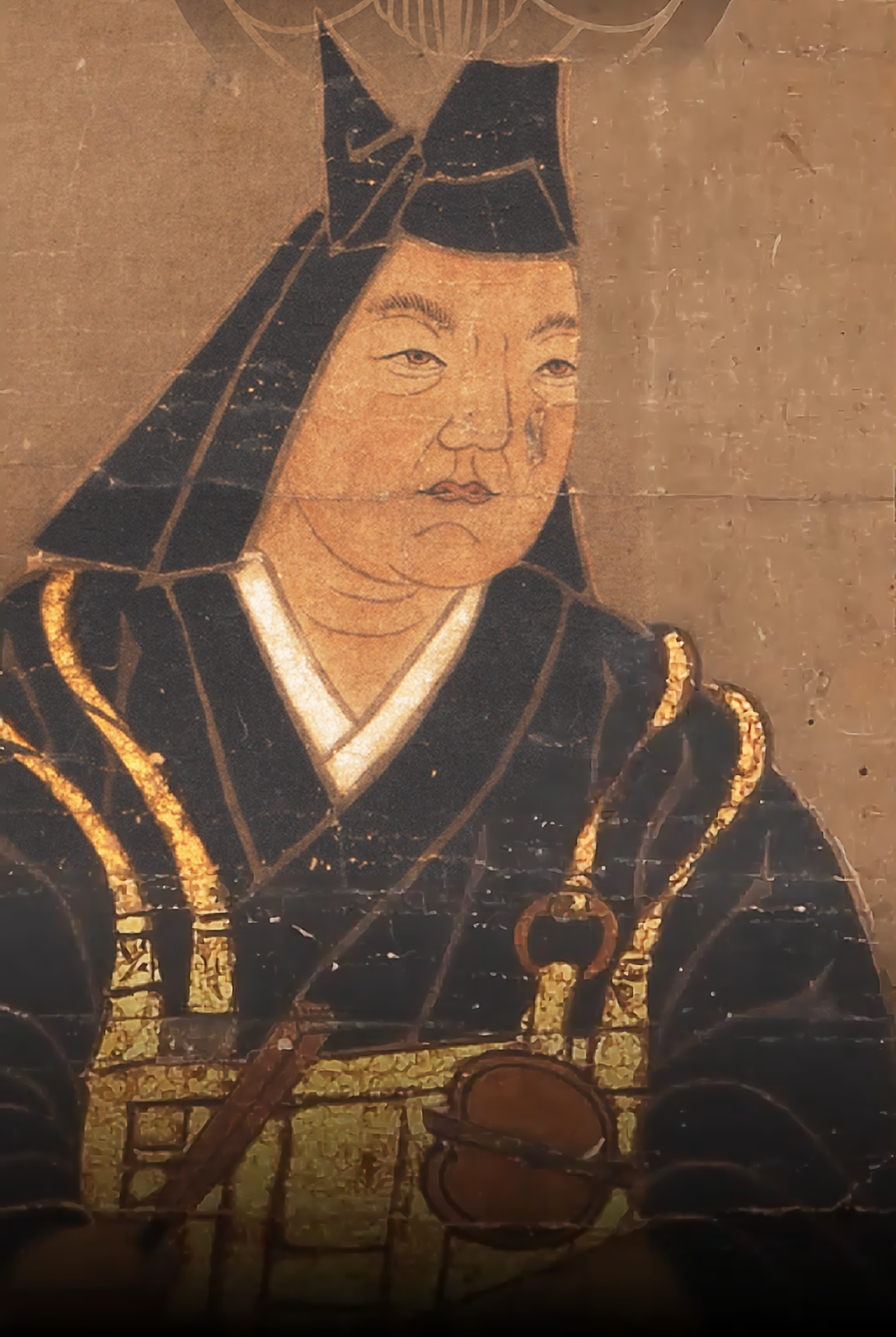Nobunaga’s Mantle
Now that his retainers had successfully avenged his betrayal, one of them would manage to seize power now that the great daimyo was gone. However, the question of who would take up Nobunaga’s Mantle would ultimately be decided on the battlefield.







Recent Comments